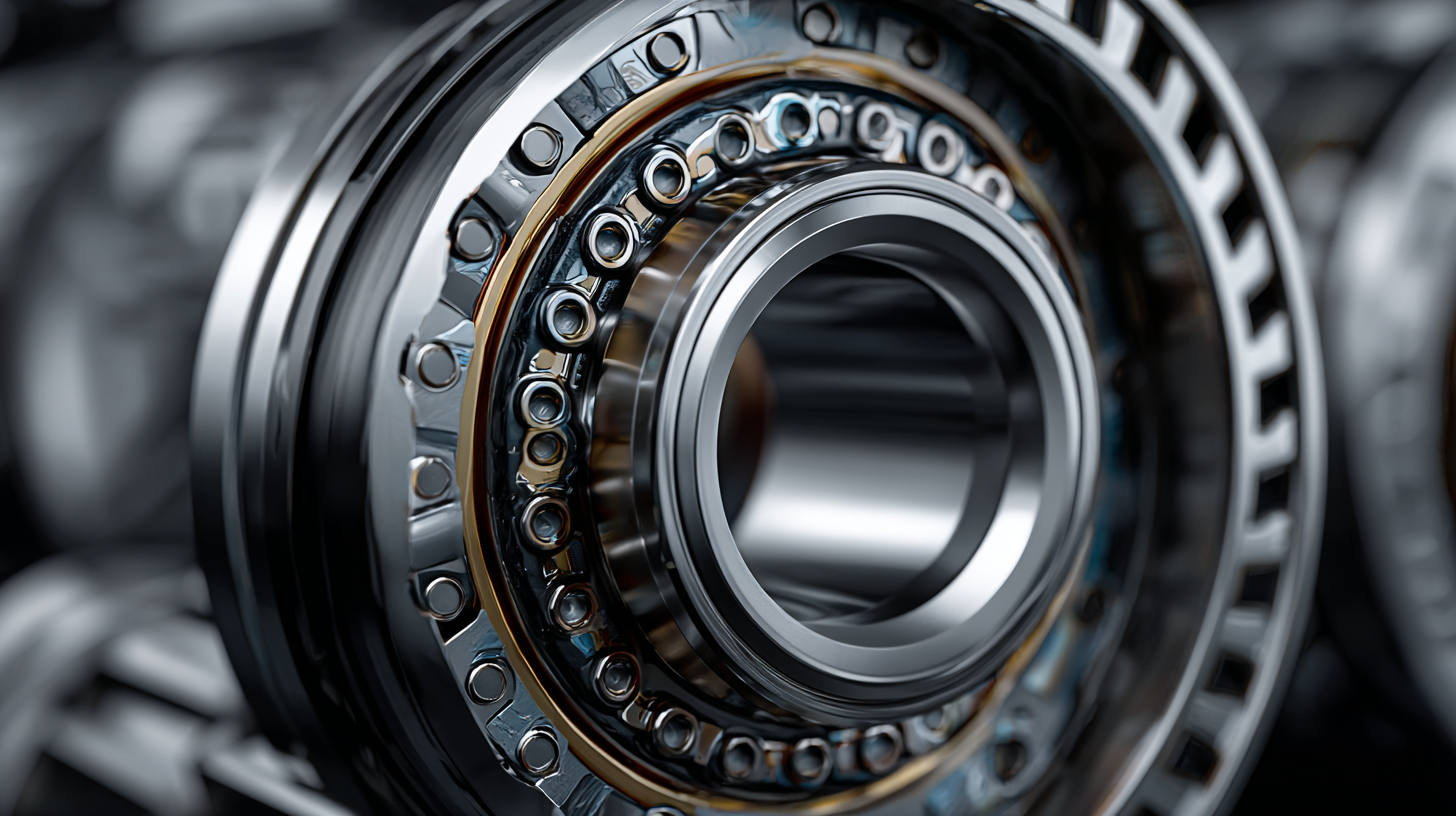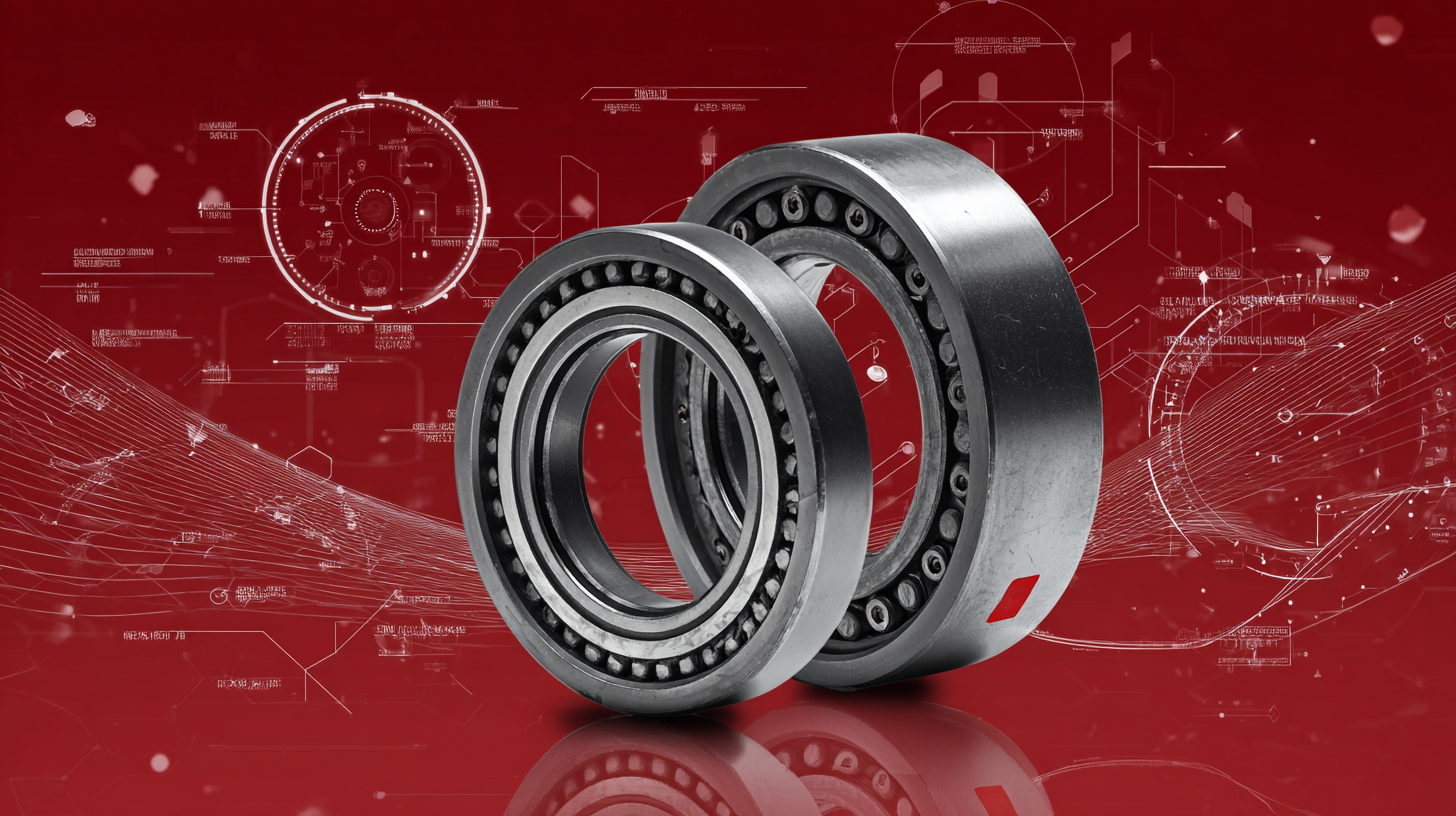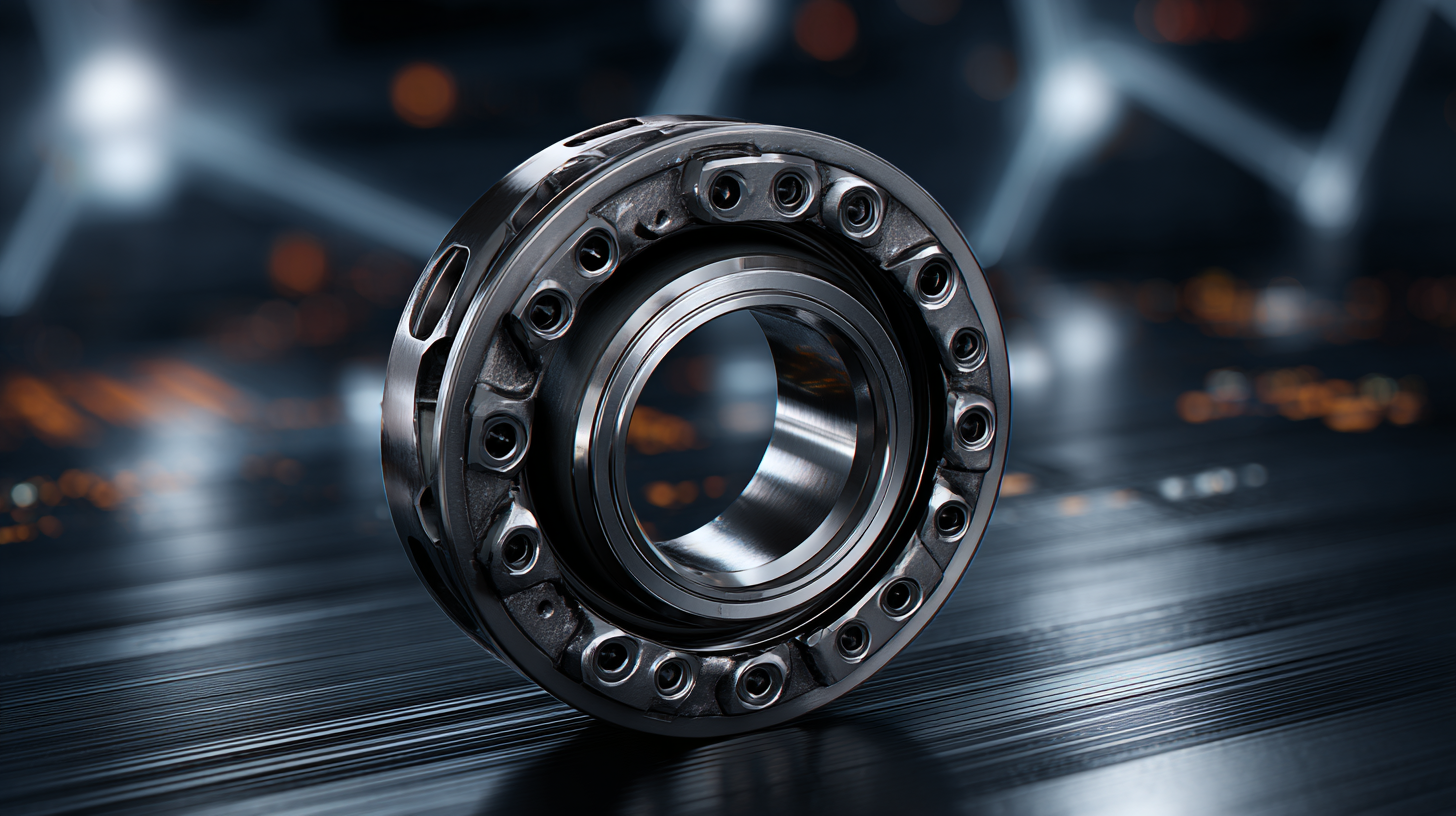As industries continue to evolve with advancements in technology, the significance of Tapered Roller Bearings has surged dramatically, shaping the future landscape of mechanical engineering and manufacturing. According to a 2023 market research report by MarketsandMarkets, the global tapered roller bearing market is anticipated to reach approximately $5.22 billion by 2025, driven by increasing demand in automotive applications, industrial machinery, and aerospace sectors. This comprehensive guide delves into the 2025 technology trends that will redefine the performance and efficiency of tapered roller bearings. We will explore detailed technical parameters, innovative materials, and design advancements, alongside practical recommendations for their application in various industries, ensuring you stay ahead in this rapidly changing environment. Embracing these trends will not only enhance operational efficiency but also bolster the competitiveness of organizations in a globalized economy.

The future of tapered roller bearings is set to experience a significant shift in 2025, driven by emerging technologies that emphasize durability, efficiency, and compact design. Recent advancements in wheel bearing design highlight the balance between cost and performance, allowing for better load handling in smaller units. The integration of AI-enabled rolling triboelectric nanogenerators offers promising solutions for wear diagnosis in bearings, paving the way for smart, self-monitoring systems. This trend underlines the growing necessity for digital twin applications, enabling predictive maintenance and enhancing overall operational efficiency.

Tip: For manufacturers looking to adopt these technologies, investing in research and development for AI applications could yield substantial long-term benefits. Additionally, collaborating with tech firms specializing in sensor technologies may accelerate the transition to smarter bearing solutions.
2025 will also showcase innovations like next-generation hub bearing units that combine different rolling bearing types. This development not only improves performance but also contributes to fuel economy—an important consideration for the automotive sector. As these technologies gain traction, companies must stay abreast of industry shifts to ensure competitiveness.
Tip: Regularly review market trends and invest in training for engineers on the latest technologies to maintain a skilled workforce ready for future innovations in bearing technology.
Tapered roller bearings are vital components in various industries, but they often face common issues that can significantly affect performance and longevity. One prevalent problem is improper lubrication, which can lead to increased friction and heat generation. According to a report by the American Bearing Manufacturers Association (ABMA), up to 30% of bearing failures can be traced back to inadequate lubrication practices. This not only shortens the lifespan of the bearings but can also cause costly downtimes and repairs.
Another issue is misalignment during installation. When the tapered roller bearings are not properly aligned, it can lead to uneven wear and premature failure. A study from the International Organization for Standardization (ISO) highlights that alignment errors account for nearly 25% of bearing failures in industrial applications. Therefore, ensuring accurate installation and regular monitoring is crucial for maintaining optimal performance.
Tips: Regularly check and maintain proper lubrication levels to avoid friction-related issues. Implementing a vibration analysis program can help detect misalignment early, allowing for timely corrections and extending the life of your tapered roller bearings. Investing in high-quality bearings and using precise installation techniques can ultimately prove beneficial in enhancing operational efficiency and reducing unexpected maintenance costs.
The landscape of tapered roller bearings is rapidly evolving, driven by advancements in material science that promise to enhance performance and longevity. Innovations such as advanced ceramics and composite materials are becoming increasingly popular, offering superior strength-to-weight ratios and resistance to wear. These materials not only improve efficiency but also reduce the overall energy consumption of machinery, making them an essential component in modern engineering.
Incorporating cutting-edge materials into tapered roller bearing designs can dramatically extend their lifespan. For instance, using hybrid bearings that combine ceramic and steel can reduce friction and thermal expansion, leading to smoother operations under varying loads. This strategic use of materials is key to achieving optimal performance, especially in high-stress applications.
Tip: When selecting tapered roller bearings, consider the operational environment. In cases of extreme temperatures or corrosive substances, opting for bearings made from advanced materials designed to withstand such conditions can prevent costly downtime.
Another tip: Regular maintenance and lubrication are crucial for maximizing the benefits of these advanced materials. Proper care can help maintain their integrity and prevent premature failure, ensuring that your investment in cutting-edge technology pays off in the long run.
| Material Innovation | Performance Enhancement | Durability Improvement | Cost Efficiency | Sustainability |
|---|---|---|---|---|
| Advanced Ceramic Composites | Higher Load Capacity | Extended Service Life | Reduced Maintenance Costs | Recyclable Materials |
| Nano-Coating Technologies | Improved Friction Resistance | Resistance to Wear | Decreased Energy Consumption | Lower Environmental Impact |
| Self-Lubricating Materials | Reduced Friction | Longer Lifespan | Lower Overall Costs | Biodegradable Options |
| Smart Sensor Technology | Real-Time Performance Monitoring | Predictive Maintenance Capability | Optimized Resource Allocation | Reduction in Material Waste |
The future of tapered roller bearings is poised for transformative advancements, especially in the realm of smart bearing systems and digital integration. Industry reports indicate that the global market for smart bearings is expected to grow significantly, driven by the increasing adoption of IoT technologies and the rising demand for automated solutions. By 2025, it is projected that the smart bearings segment will witness a compound annual growth rate (CAGR) of over 10%, reflecting manufacturers' shift towards enhanced performance monitoring and predictive maintenance strategies.
Additionally, as industries increasingly pivot towards automation and digital transformation, the integration of smart technologies in bearing systems will facilitate real-time data analysis and improved reliability. For instance, contactless sensing technologies can enhance the capabilities of tapered roller bearings by providing insights into operational conditions and potential failures. This alignment with broader trends, such as those seen in the semiconductor sector, highlights the necessity for innovation in core technologies to maintain competitiveness. Given the pivotal role of these systems in sectors from automotive to machinery, the focus will be on overcoming technical challenges through continuous innovation and strategic partnerships in the years ahead.

Tapered roller bearings are essential components in various industries, contributing to the efficiency and longevity of machinery. To optimize their lifespan, it is critical to adopt strategies that address common wear and tear factors. According to a report from Research and Markets, the global tapered roller bearings market is projected to reach $3 billion by 2025, highlighting the need for robust maintenance and operational practices. Regular lubrication and ensuring proper alignment during installation can significantly reduce wear rates, prolonging the service life of these bearings.
Moreover, the implementation of predictive maintenance technologies can enhance the reliability of tapered roller bearings. With advancements in IoT and machine learning, companies can now utilize real-time data analytics to monitor bearing conditions. A study from the National Lubricating Grease Institute indicates that predictive maintenance can reduce failure rates by up to 70%. By leveraging these technologies, manufacturers can not only extend the lifespan of tapered roller bearings but also improve overall equipment efficiency, leading to lower maintenance costs and better productivity in the long run.
